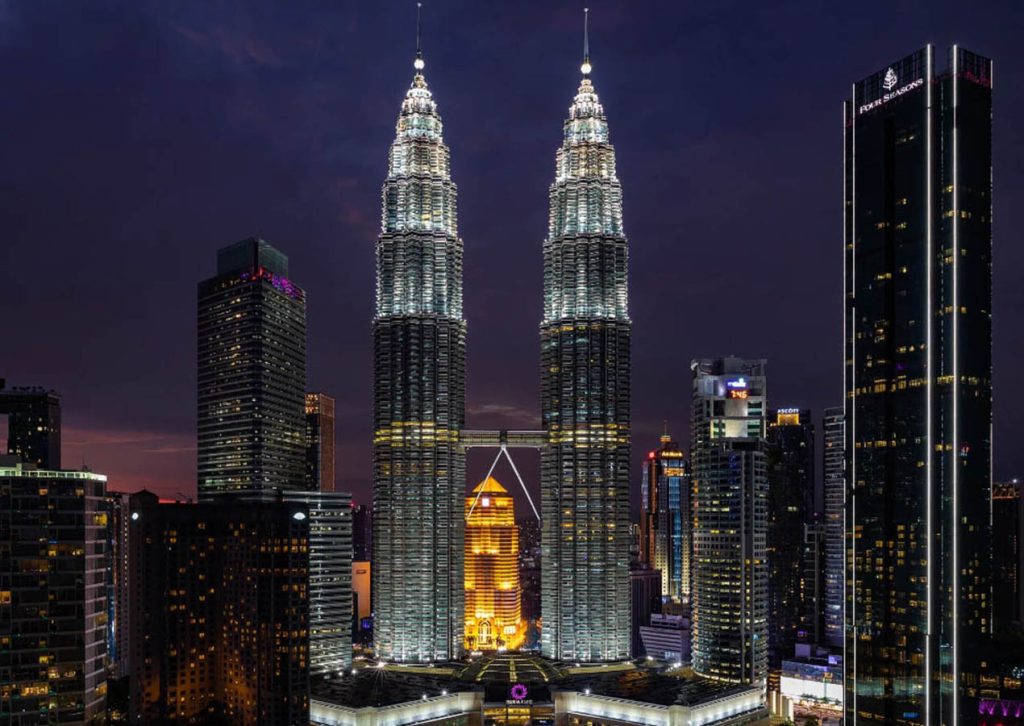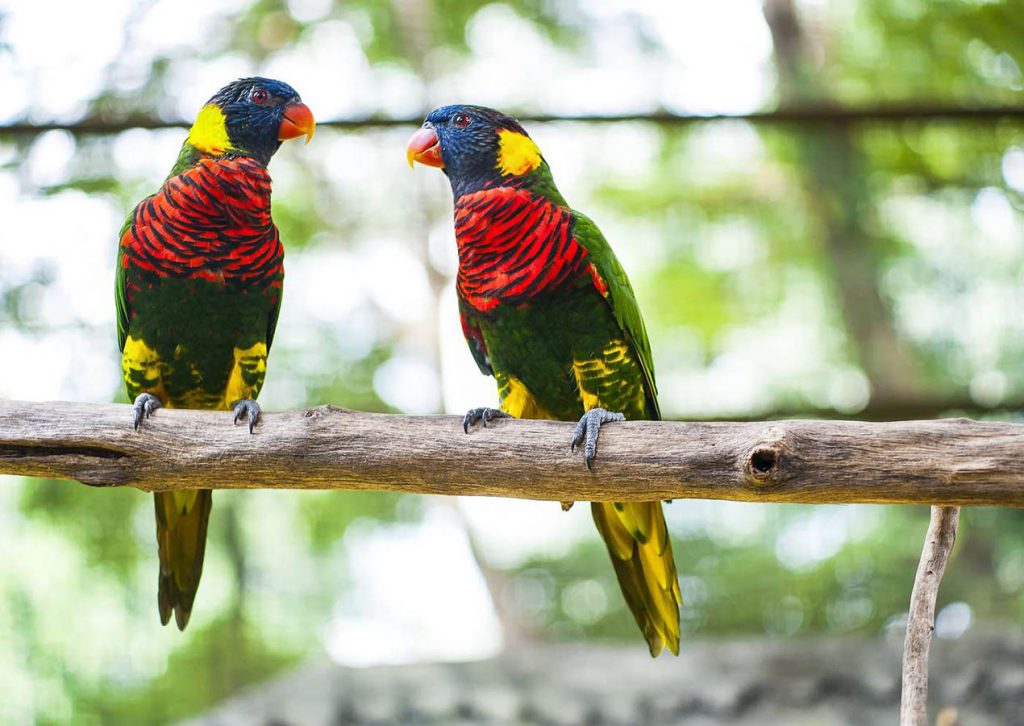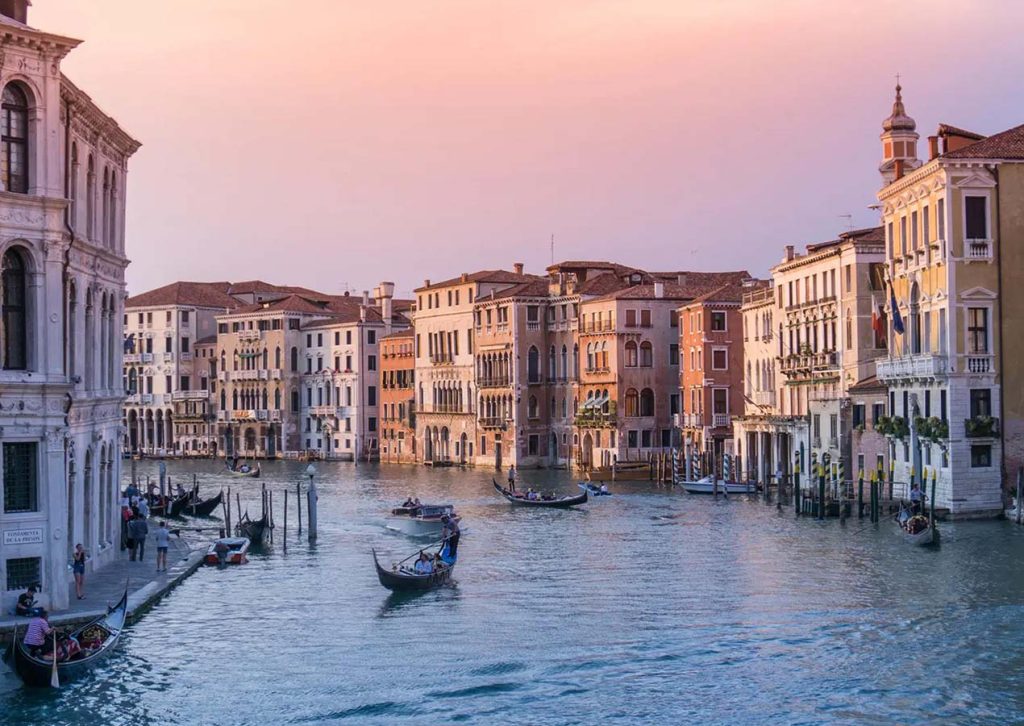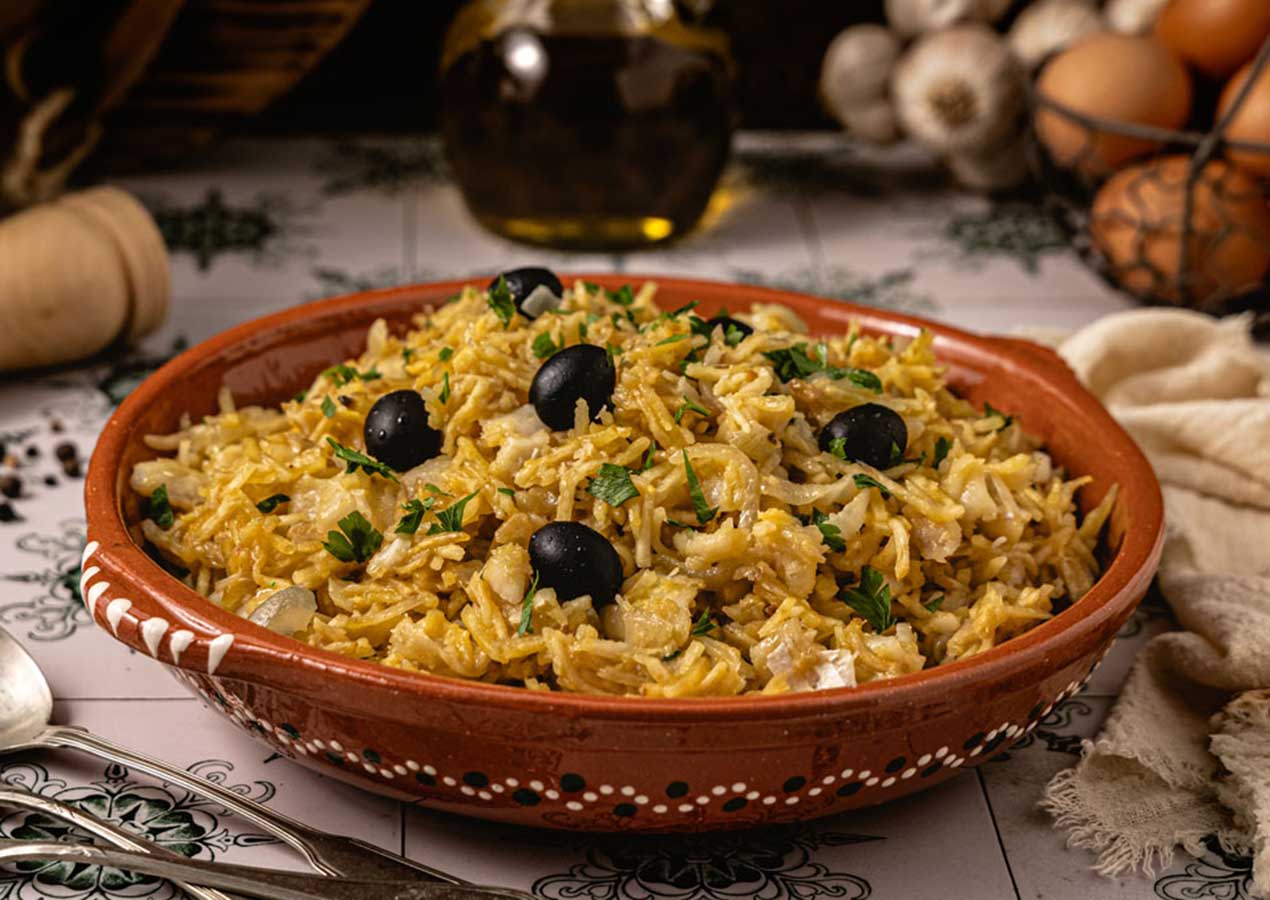Petronas Towers: Pinnacle of Contemporary Architecture
Embarking on my captivating journey through the dynamic city of Kuala Lumpur, the iconic Petronas Towers stood before me as a resounding testament to the city’s rapid transition into a modern metropolis. These towering giants, adorned in sleek steel and glass, redefine the city’s skyline, embodying the quintessential symbol of progressive urbanization.
Geographical Location: Nestled at the very heart of Kuala Lumpur, within the bustling KLCC (Kuala Lumpur City Centre) district, the Petronas Towers assert their prominence against the vibrant cityscape.
Getting There: Effortlessly accessible through various means, the Petronas Towers invite exploration via public transport, including the efficient LRT (Light Rail Transit), or a convenient taxi ride. For those seeking a more leisurely approach, a captivating stroll through the lively surroundings en route enhances the overall experience.
As I stood at the base of these architectural marvels, their intricate design evoked a profound sense of admiration. The Petronas Towers stood not merely as structures but as iconic landmarks that tell the tale of Kuala Lumpur’s journey towards progress and modernity. The Skybridge, a marvel connecting the two towers at levels 41 and 42, proved to be the zenith of my exploration. Offering breathtaking panoramic views of the city, this elevated walkway became a surreal vantage point, encapsulating the urban rhythm below.

To ensure an optimal experience, pre-booking tickets proved to be a wise choice, considering the daily limitations on visitor numbers. The anticipation of traversing the Skybridge and the subsequent breathtaking views left an enduring mark in the pages of my travelogue. The journey through the towers not only showcased architectural prowess but also allowed me to become a part of Kuala Lumpur’s skyline, even if only for a fleeting moment.
My encounter with the Petronas Towers captures the essence of Kuala Lumpur’s transformation. Standing beneath these towering structures, I became a witness to the harmonious blend of modernity and cultural richness that defines this vibrant city.
Pros: The Petronas Towers meld architectural brilliance with unparalleled city vistas. KLCC Park, in proximity, serves as an oasis amid the bustling metropolis.
Cons: Peak hours witness substantial crowds. Opting for off-peak visits ensures a more tranquil experience.
Booking Platform: Secure tickets seamlessly through the official website or established travel platforms. My preference leaned towards a well-known travel app for its user-friendly interface.
Batu Caves: Spiritual Odyssey Amidst Natural Splendor
Embarking on a mesmerizing expedition, Batu Caves emerged as an enthralling sanctuary where spirituality intertwined with the breathtaking beauty of nature. These limestone caves, adorned with vibrant Hindu shrines, became a living canvas illustrating Malaysia’s intricate cultural tapestry. The imposing golden statue of Lord Murugan at the entrance marked the beginning of a profound spiritual odyssey.
Geographical Location: Positioned approximately 13 kilometers north of Kuala Lumpur, Batu Caves stands as a geological wonder within easy reach of the bustling city.
Getting There: Opting for a multi-faceted journey, I embraced a combination of the KTM Komuter train from KL Sentral coupled with a brief taxi ride. Alternatively, the accessibility of public transportation provided a convenient route, ensuring a seamless pilgrimage to this sacred site.
Ascending the steep staircase leading to the heart of the caves presented itself as a challenging yet rewarding initiation into the spiritual voyage. The cave’s interior, bathed in sunlight filtering through natural openings, cast a surreal glow, creating an otherworldly ambiance. The intricate interplay of light and shadow within the cavernous spaces added a mystical touch to the entire experience.
The presence of various shrines within the cave complex underscored the deep cultural significance of Batu Caves. Each shrine, a repository of stories and traditions, contributed to the immersive spiritual journey. The eclectic mix of religious artifacts, intricate carvings, and vibrant murals painted a vivid tapestry of devotion and cultural heritage.
As I traversed the rocky terrain within the caves, sturdy footwear and comfortable attire became indispensable for a safe and enjoyable exploration. The importance of preparation became evident, ensuring a harmonious communion with the cave’s interior and the spiritual essence it held.
Batu Caves revealed itself not merely as a physical destination but as a sacred realm where the spiritual and the natural seamlessly converged. The juxtaposition of the limestone caves’ natural wonders with the sacred shrines within created an experience that transcended the ordinary, etching a lasting impression on the canvas of my travel memories.
Pros: Batu Caves intricately weaves natural beauty with cultural heritage. During Thaipusam, the Hindu festival celebrated here, the atmosphere intensifies.
Cons: Stair climbing can be challenging for those with mobility constraints. Caution is advised, particularly during rainy weather when steps may become slippery.
Booking Platform: As a public attraction, Batu Caves facilitates on-site ticket purchases. No prior booking is imperative, making spontaneous visits hassle-free.
KL Bird Park: Tropical Retreat for Avian Enthusiasts
Nestled in the heart of Kuala Lumpur’s bustling landscape, KL Bird Park unfolds as a tropical sanctuary, drawing nature enthusiasts and bird lovers into an immersive retreat. With a diverse avian population, this park promises up-close encounters amid meticulously manicured greenery, creating a harmonious haven for both visitors and the feathered inhabitants.
Geographical Location: Positioned within the captivating Lake Gardens area, KL Bird Park serves as a lush oasis, seamlessly integrated into the vibrant heart of Kuala Lumpur.
Getting There: Opting for a swift taxi ride from the city center, I effortlessly reached this avian haven. Alternatively, the park accommodates various preferences with accessible public transportation or a leisurely stroll through the scenic surroundings.
Wandering through distinct habitat zones, the park’s design embraced a surreal fusion of nature and conservation. The aviaries, carefully crafted to mimic natural environments, provided an enchanting backdrop for both the birds and fascinated onlookers. The free-flight aviary, a standout feature, transformed the visit into an exhilarating experience as birds gracefully soared overhead, bridging the gap between observer and observed.
The immersive encounter extended beyond passive observation. Educational shows and feeding sessions, orchestrated by knowledgeable handlers, added a dynamic and interactive dimension to my visit. These sessions not only entertained but also enlightened, offering insights into the diverse behaviors and characteristics of the avian residents.
As I strolled along the lush pathways, enveloped in the vibrant hues of flora and accompanied by the melodic symphony of birdsong, KL Bird Park transcended its role as a mere tourist attraction. It evolved into a sanctuary, blurring the boundaries between urban life and the natural world, providing a retreat into the wonders of nature within the heart of the bustling metropolis.

My sojourn through KL Bird Park left an indelible mark, not just as a collection of avian encounters but as a reaffirmation of our intrinsic connection to the natural realm. This meticulously curated tropical haven serves as a testament to Kuala Lumpur’s commitment to conservation and environmental appreciation, ensuring that amidst the urban hustle, a green sanctuary flourishes.
Pros: KL Bird Park offers a serene communion with nature, complemented by well-maintained facilities and knowledgeable staff.
Cons: Some sections may witness crowds, particularly during weekends. Strategic timing, such as visiting on weekdays or early mornings, mitigates this.
Booking Platform: Tickets for KL Bird Park are available on-site or through diverse online platforms. I chose online booking for its convenience and queue-skipping advantage.
Central Market: Cultural Extravaganza of Arts and Crafts
Embarking on an enriching cultural escapade and immersing myself in the world of local arts and crafts, Central Market unfolded as a vibrant tapestry of Malaysian heritage. With roots dating back to the late 19th century, this historic market transformed into a lively cultural hub, showcasing the intricate beauty of handicrafts, offering unique souvenirs, and tempting the palate with a variety of gastronomic delights.
Geographical Location: Centrally positioned in the heart of Kuala Lumpur, just a leisurely stroll away from iconic landmarks such as Merdeka Square, Central Market stands as a bustling cultural epicenter.
Getting There: While I chose the convenience of a walk from my hotel, Central Market is equally accessible via public transport or a quick taxi ride. Its central location acts as a magnet, drawing in both locals and tourists, creating a lively and dynamic atmosphere.
Exploring the diverse stalls, each brimming with traditional batik fabrics and intricate jewelry, turned out to be a sensory feast. The vibrant colors and detailed craftsmanship of the artifacts transported me into the heart of Malaysian culture. Engaging with local artisans not only added a personal touch to the experience but also provided valuable insights into the meticulous process behind each unique creation.
Sampling local snacks within the market added a delightful culinary dimension to my visit. The array of flavors, ranging from savory to sweet, offered a tantalizing taste of Malaysian cuisine. Strolling through the market’s gastronomic section allowed me to savor authentic tastes and aromas, creating a multisensory experience that complemented the visual feast of arts and crafts.
The historical significance of Central Market added depth to the exploration. Dating back over a century, the market has witnessed the ebb and flow of time, preserving the essence of Malaysian culture. The architectural blend of Art Deco and local elements served as a captivating backdrop to the cultural extravaganza within.
Central Market not only presented a diverse array of arts, crafts, and culinary delights but also stood as a cultural bridge connecting the past and present. It remains a testament to Kuala Lumpur’s dedication to preserving and celebrating its rich heritage, making it an essential destination for anyone seeking an immersive cultural experience in the heart of the city.
Pros: Central Market affords a diverse array of authentic Malaysian products, ideal for souvenir hunting. Cultural performances and events augment the overall experience.
Cons: Bargaining is customary, so be prepared for negotiations. Weekday visits are advisable to sidestep weekend crowds.
Booking Platform: As a public space, Central Market doesn’t necessitate advance booking. Entry is free, allowing exploration at one’s own pace.
Kuala Lumpur, a city where modernity intertwines seamlessly with cultural heritage, etched an indelible mark on my travel chronicles. From the towering Petronas Towers to the spiritual odyssey of Batu Caves, and the avian immersion at KL Bird Park, each destination contributed a unique facet to my exploratory tapestry.
Central Market, with its cultural vibrancy, served as a fitting denouement to my Kuala Lumpur expedition. For inaugural visitors, these four sites collectively paint a vivid canvas of the city’s diverse offerings. Kuala Lumpur’s efficient logistics, gastronomic variety, and affable locals orchestrated a harmonious journey.




